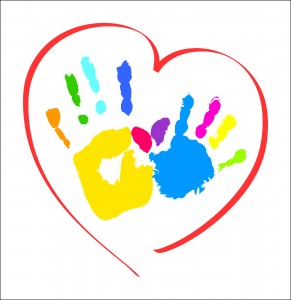 Dreams are powerful tools, whether they occur during sleep or daydreams. From their first moments, children experience dreams: they are part of every human experience, a necessary part. We don’t always remember our dreams, or even that we do dream—but we do. There are serious negative repercussions when people are deprived from having dreams, even if those dreams are categorized as nightmares.
Dreams are powerful tools, whether they occur during sleep or daydreams. From their first moments, children experience dreams: they are part of every human experience, a necessary part. We don’t always remember our dreams, or even that we do dream—but we do. There are serious negative repercussions when people are deprived from having dreams, even if those dreams are categorized as nightmares.
No parent wants their child to suffer from nightmares, but having a bad dream is part of our human experience. Sleeping dreams are a product of our subconscious. They help balance our lives and help us work out situations we are going through on a subconscious level. Even though we wish our children “sweet dreams” when they go to bed, for most people dreams seem to be out of our control.
Daydreams are often fantasy-like. While they are part of our subconscious too, it is easier to help steer our daydreams and even come back to them later. Ironically, many of the same people who wish their kids “sweet dreams” at night view daydreams as a waste of time and encourage their children to not “stare off into space.”
Parents have several powerful tools they can use to help teach their children to take control of their dreams—during the day and while asleep. By teaching our children the importance of our literal and figurative dreams, and giving them the power to help manipulate them, we teach them how powerful they are and they can make their sweet dreams come true.
If your child is experiencing a lot of nightmares or unpleasant dreams, a dream catcher may help. Many Native American tribes used dream catchers to help children and adults with their dreams. A dream catcher consists of a hoop with woven net with a hole in the center. Feathers adorn the hoop. The dream catcher helps protect us while we sleep by catching the negative dreams in its net. When the sun rises, the dreams are exposed and are destroyed. Positive dreams travel through the hole in the center of the net and slide down the feathers, falling on us as we sleep.
There are also tools you can use to teach your child to make his positive dreams come true. Many people are familiar with dream, or vision, boards. A twist on this is a “dream pillow” that your child can then sleep on at night.
The dream pillow can take on a variety of forms. Some children want a special pillow they use only when they are having troubling dreams. Others like to speak their wishes into their pillowcase in the evening. This can be done with a parent or alone, and a child of any age can give voice to his dreams and breathe them into existence this way. Writing words and drawing pictures on a pillowcase is another way to create a dream pillow. This can be done by the child by herself or with help of Mom or Dad.
Encourage your child to talk about their dreams, both positive and negative, their literal dreams and what they would like to have happen in their lives. Help them to take charge of their nighttime dreams and to create positive dreams while they sleep. By creating a dream pillow, children are putting a message into their subconscious about what they want. They are also sending that message to the Universe. With no conscious resistance to that desire, they are in alignment with what they desire, and they are on their way to manifesting their desires.
As the song says, “Sweet dreams are made of this…who am I to disagree”?
Please feel free to comment.
© 2014. Sharon Ballantine. All Rights Reserved.

